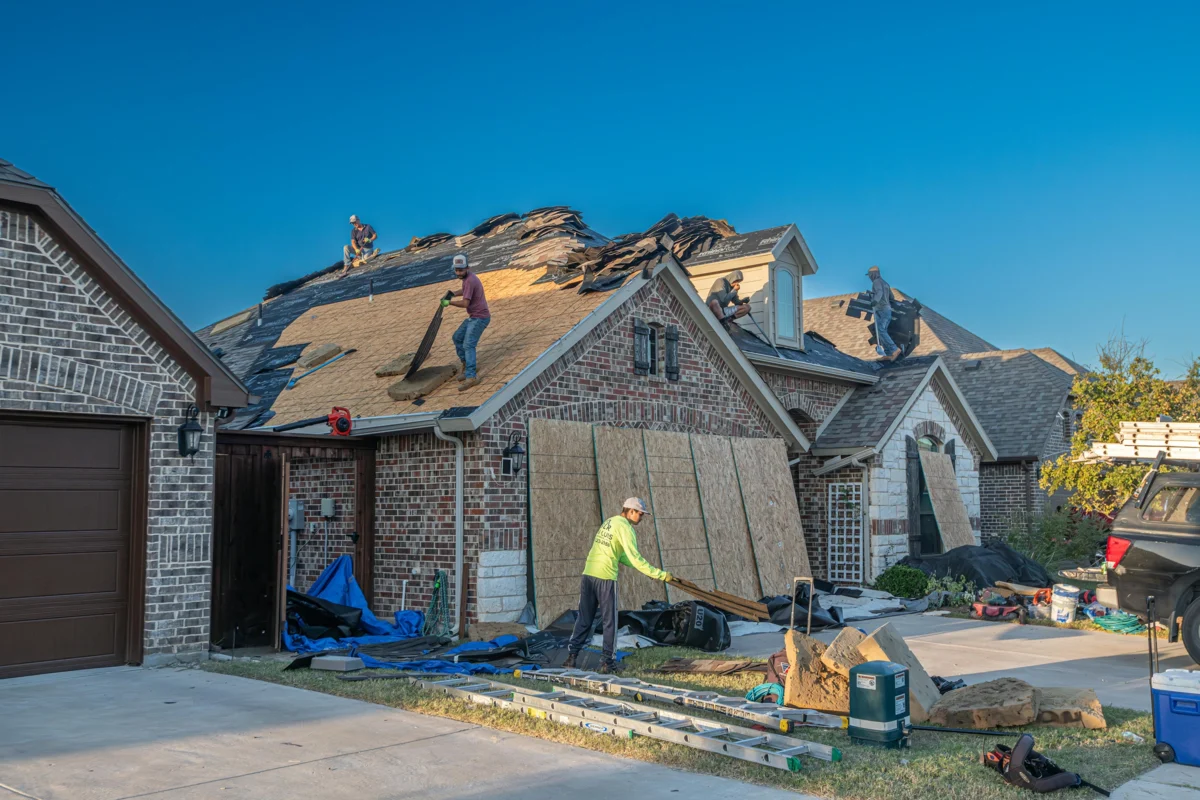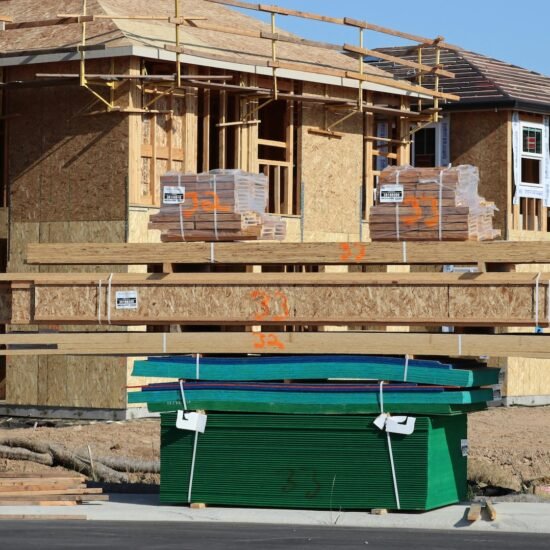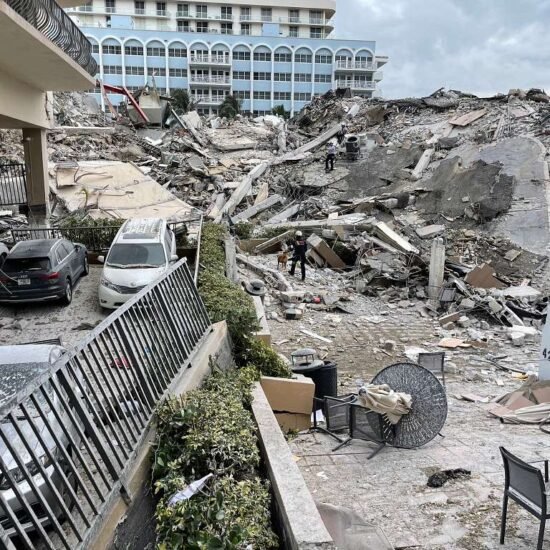
HOA Detective™ | August 19, 2025: Every HOA disaster has a backstory. The “Mountaintop Homeowner Association” saga is a perfect example. In this retelling of a Portland area HOA failure, only the name has been changed (to prevent legal entanglements). Otherwise, the story is told exactly as it unfolded in the aftermath of the 2020 pandemic.
Not surprising to the Detective and his team of investigators is the painfully familiar pattern: ignore the credible experts for years, embrace voracious, opportunistic vendors (suspects), raid the reserves, and then reset the narrative with a “massaged” reserve study. If you’ve ever wondered how communities get themselves into financial and governance wreckage, this case explains the process step by step.
STEP 1 – IGNORE THE CREDIBLE EXPERTS: In 2021, the Mountaintop Homeowner Association Board of Directors (BOD) engaged an outside engineering consultant who documented failing roof and envelope systems, warning that long-term fixes were unavoidable. Shortly after, a reserve study provider confirmed those findings, projecting near-term roof replacement costs in the three-quarter-million-dollar range.
The BOD’s response? They dismissed both reports as alarmist and claimed they had a “credible bid” to replace the roof for $200,000. That number became their excuse to avoid difficult financial decisions. Spoiler alert: that bid was NOT a credible estimate; rather, it bordered on professional incompetence.
STEP 2 – INVITE THE USUAL SUSPECTS TO THE PARTY: When some BODs don’t like what professional advisors tell them, they don’t necessarily seek better data. Often, they seek more BOD-friendlier consultants in what amounts to “playing politics” with the HOA’s future. Enter the recently hired management company (Manco), aka usual suspect #1 by CIDA investigators.
On the heels of the scathing indictment by the engineering consultant, a new management company (Manco) is awarded a contract after submitting a suspiciously low, low-ball proposal. Within six months, the fast-talking Manco sales executive has persuaded the Mountaintop BOD that what was needed is a part-time onsite manager, at a cost of only another $60K/year. Whether motivated by operational necessity or the desire to create dependency on the Manco, what is clear is that onsite management expense doubles the cost of management while juicing up the Manco’s revenue stream. While it may be true that in this instance what was needed was a babysitter, not a community manager, the fact is that this is a classic tactic used by many of the HOA vendors deserving of the title “usual suspect.”
By the next budget cycle, management-related expenses had more than doubled. And while the BOD was adjusting to its new babysitter, the Manco was busy nudging them toward another favored vendor: a reserve study firm that also qualifies as a usual suspect. A classic “Yes Man” operation that has been quickly gaining traction with many of the low-grade Mancos in the area as an RS provider who is willing to “play ball.”
STEP 3 – KICK THE CAN DOWN THE ROAD AND RAID THE RESERVES: Meanwhile, the financial cracks were widening. After skipping the required annual Accountant’s Review altogether for several years, the BOD cites “administrative complexities” due to the change in management as the reason for not undertaking the review for 2022, a year in which the first of the two serial assessments was levied.
Adding to the financial chaos, a $40,000, 2022 operating deficit had to be covered, resulting from borrowing from the already meager reserve fund. By year-end, the Association was more than $70,000 over budget, driven by exploding insurance premiums and deferred repairs. With the hapless owners in this late 60’s relic of a condominium already absorbing assessment increases on the heels of the post-pandemic hyperinflation, borrowing from the meager reserve became the band-aid to keep the lights on.
STEP 4 – THE MAGIC RESET: By 2024, reality caught up. The roof was finally replaced at a cost approaching $1 million, nearly five times the BOD’s “credible bid,” and even higher than what the earlier reserve professional had projected, who was laughed out of the board meeting when he dared to suggest that the Association was looking at $750K roof replacement project.
Meanwhile, the plumbing repipe costs were headed in the direction of $1.6 million, almost exactly what the 2021 reserve study provider had predicted. At this point, the BOD could have simply admitted the 2021 engineering assessments were right and that the reserve study based on those assessments was realistic. Instead, they leaned on usual suspect #2 to produce a 2025 reserve study to reframe the reserve funding conversation with the roof and plumbing renovations no longer looming like an open wound. With those expenses in the rearview mirror, the new study presented a much improved, HOA member-friendlier picture: 31% funded with “manageable” contributions going forward. On paper, it may have looked like the Mountaintop HOA was back on track, BUT solvency had been gutted.
STEP 5 – CALL THE FRIENDLY BANKER: Fast forward to the end of 2024 and the gory details, the Association has now saddled its members with not one, but two serial special assessments that together total ~$4.2 million. The first was a 2022 assessment ($1.3 million) resulting in a bank loan stretching 15 years to 2038. The 2024 assessment of ~$2.9 million has resulted in ANOTHER 25-year bank loan, with payments to the middle of the 21st Century! The result is a long-term double-debt obligation that will burden the community for decades. Each of the unfortunate unit owners is now saddled with a ~$51K loan, payable monthly until they die or sell their unit!
Meanwhile, a quick review of the 2025 operating budget and newly minted reserve study from usual suspect #2, confirms that the Association is right back on the path that led to the current financial calamity, i.e. funding the reserves 20% BELOW the minimum recommended funding level, 30% below the slightly more robust “Alternative Funding Plan.”
It is worth noting that neither of the reserve fund plans established by usual suspect #2’s 2025 reserve study is anywhere close to a sustainable level of reserve fund, with projected percent funded levels well below 50% for the next 30 years. Meanwhile, a review of the 2025 study confirms that the Association is facing another ~$1.2 million in reserve fund expenditures over the next 5 years. Until the final bill arrives for that round of expenditures, nobody really knows how much money will be spent.
CONSEQUENCES: The Mountaintop HOA is now left with the following governance issues that will have to be addressed before the organization returns to the realm of a sustainable common interest development:
- Higher dues and diminished reserves.
- A BOD with diminished credibility, having skipped statutory reviews and relied on unrealistic bids, while ignoring the advice of qualified vendors at every turn in the road to financial ruin.
- Entrenched vendors whose business models are designed to generate a recurring annual review stream for the vendors first and foremost.
- Stakeholders who don’t understand the full picture due to poor financial reporting and administrative execution.
- Local Realtors who shake their heads and groan when they hear the name Mountaintop HOA.
THE LESSON: The Mountaintop HOA story is not about bad luck. There are countless aging HOAs throughout the country that have managed to avoid the borrowing trap after surpassing the 20-Year Tipping Point. The Mountaintop HOA saga is an engineered outcome facilitated by willful ignorance and the repeated refusal to listen to the very people who could have helped the organization to avoid the colossal mess that now befalls the community.
The Mountaintop story isn’t unique. Although the names have been changed to protect the innocent and prevent embarrassment of the parties, the story is a 100% fact-based retelling of an actual HOA horror story of very recent vintage. Many BODs fall into the same four-step trap set by the cabal of usual suspects that lurk in the HOA waters in most cities:
- Reject independent assessments by unconflicted, credible experts.
- Embrace low-grade management and all too friendly opportunistic vendors.
- Hide operating failures by raiding the reserve fund.
- Reset the capital spending narrative with a softer, “user-friendly” reserve study.
The result is a financially weak, governance-compromised community, dependent on entrenched vendors and even more vulnerable to the next capital spending shock.
Because You’re Buying More Than a Home!






